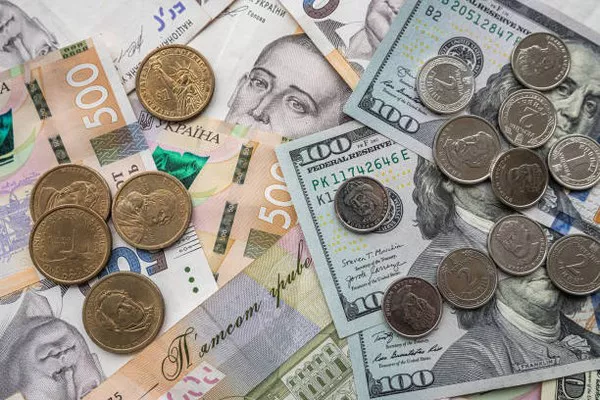Coins serve as more than mere currency; they are tangible pieces of history and culture, often imbued with symbolism and significance. Among the myriad coins in circulation worldwide, the Japanese ¥1 coin stands out as a fascinating example of numismatic artistry and cultural heritage. In this article, we delve into the rich history, intricate design, and cultural significance of the Japanese ¥1 coin.
A Brief Overview of the Japanese Currency System:
Before delving into the specifics of the ¥1 coin, it’s essential to understand the broader context of Japan’s currency system. The Japanese yen (¥) serves as the official currency of Japan, with coins and banknotes denominated in yen. The yen is subdivided into smaller units, with coins available in denominations of ¥1, ¥5, ¥10, ¥50, ¥100, and ¥500, and banknotes ranging from ¥1,000 to ¥10,000.
The History of the Japanese ¥1 Coin:
The history of the Japanese ¥1 coin dates back to the Meiji Restoration in the late 19th century when Japan underwent significant political, social, and economic reforms. In 1871, the Japanese government introduced the yen as the official currency, with the ¥1 coin among the first denominations minted. Initially, the coin featured a dragon design on the obverse side, symbolizing power, strength, and good fortune in Japanese culture.
Over the years, the design of the ¥1 coin has undergone several revisions, reflecting changes in Japan’s political landscape and cultural identity. Today, the modern ¥1 coin features an image of a cherry blossom, a beloved national symbol representing the fleeting beauty of life and the ephemeral nature of existence in Japanese culture.
Design and Specifications:
The Japanese ¥1 coin is minted in an aluminum alloy and has a diameter of 20 millimeters, making it the smallest denomination in the Japanese coin series. On the obverse side, the coin features the numeral “1” surrounded by a wreath of cherry blossoms, with the inscription “日本国” (Nihonkoku), meaning “State of Japan,” and the year of minting.
The reverse side of the coin showcases the denomination “1円” (1 yen) encircled by a wreath of cherry blossoms, along with the inscription “One Yen” in English. The cherry blossom motif, prevalent on both sides of the coin, reflects Japan’s reverence for nature and the changing seasons, as well as its cultural appreciation for beauty and impermanence.
Cultural Significance and Symbolism:
Beyond its practical utility as a form of currency, the Japanese ¥1 coin holds significant cultural symbolism in Japanese society. The cherry blossom, or “sakura,” holds a revered place in Japanese culture, symbolizing the transient nature of life and the beauty of fleeting moments. The cherry blossom season, known as “hanami,” is a cherished tradition in Japan, where people gather to appreciate the delicate blossoms and celebrate the arrival of spring.
In addition to its symbolism, the ¥1 coin carries historical significance as a tangible link to Japan’s past and its journey toward modernization. From its early days featuring the dragon motif to its current depiction of the cherry blossom, the coin reflects the evolving identity of Japan as a nation and its enduring cultural heritage.
Practical Uses and Cultural Customs:
While the value of the ¥1 coin may seem minimal, it holds practical uses in daily life in Japan. Despite the prevalence of electronic transactions, the coin remains a common form of currency for small purchases, such as vending machine snacks, public transportation fares, and offerings at temples and shrines.
Moreover, the ¥1 coin plays a role in various cultural customs and traditions in Japan. For example, it is often placed in donation boxes at shrines and temples as an offering for good luck and blessings. Additionally, the coin may be used in the traditional practice of “senryo,” where individuals toss coins into a fountain or pool to make a wish or seek divine favor.
Conclusion:
In conclusion, the Japanese ¥1 coin is not merely a piece of currency; it is a tangible embodiment of Japan’s rich history, cultural heritage, and artistic expression. From its origins in the Meiji era to its modern-day depiction of the cherry blossom, the coin reflects the enduring spirit and identity of Japan as a nation. Whether used for practical transactions or cultural customs, the ¥1 coin serves as a symbol of Japan’s past, present, and future, encapsulating the beauty, tradition, and resilience of Japanese society.


